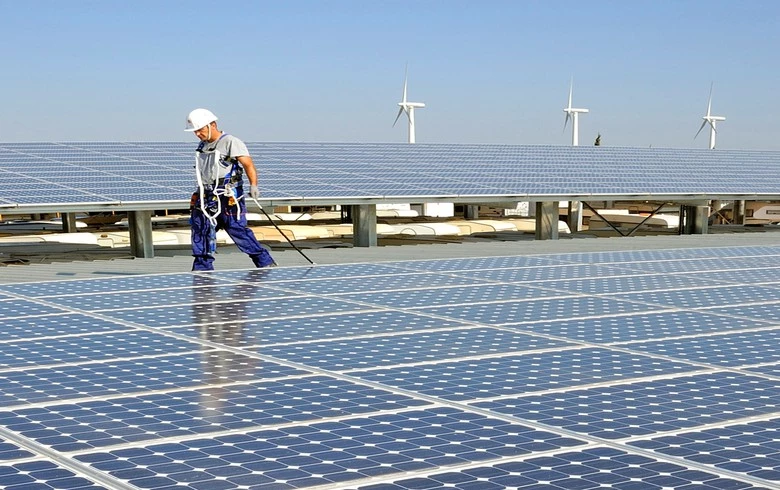Tax and revenue collection has continued to improve across African countries, according to latest data.
The average tax-to-GDP ratio for the 16 countries studied was 19.1% in 2015, an increase of 0.4% since the year before.
Statistics released today by the OECD and other bodies looked at domestic revenue mobilisation in: Cabo Verde, Cameroon, Democratic Republic of Congo, Côte d’Ivoire, Ghana, Kenya, Mauritius, Morocco, Niger, Rwanda, Senegal, South Africa, Swaziland, Togo, Tunisia and Uganda.
The annual Revenue Statistics in Africa report is jointly undertaken by the OECD Centre for Tax Policy and Administration and the OECD Development Centre, the African Union Commission and the African Tax Administration Forum, with funding from the European Union.
“While African countries have made significant efforts to strengthen their tax policy and tax administration capacity, they continue to face the challenges of large informal sectors, and a narrow tax base, particularly in resource-rich countries that makes them vulnerable to unstable resource revenues,” the OECD said.
Research from the Revenue Statistic in Africa 2017 report showed the tax-to-GDP ratios in 2015 ranged from 10.8% in the Democratic Republic of the Congo to 30.33% in Tunisia, with an average of 19.1%.
All countries except Kenya, Tunisia and Morocco increased their ratios between 2014 and 2015, the OECD said.
Kenya, South Africa and Swaziland obtained about half of their tax revenues from taxes on income and profits in 2015, while the average revenue from these sources among the other 13 countries varied from 18.6% in Togo to 37.6% in Rwanda.
The OECD said: “In 2015, taxes on goods and services were the largest contributor to total tax revenues in the African countries (57.2% on average), mostly in the form of Value Added Tax (VAT); followed by taxes on income and profits (32.4%).”
Total non-tax revenues were lower than tax revenues across the African countries, although some varied considerably due to natural resource revenues and international donations, such as foreign aid, debt relief and funding of national programmes.
Non-tax revenue ranged from 0.6% of GDP in South Africa to 15.1% of GDP in Swaziland.





Comments are closed.